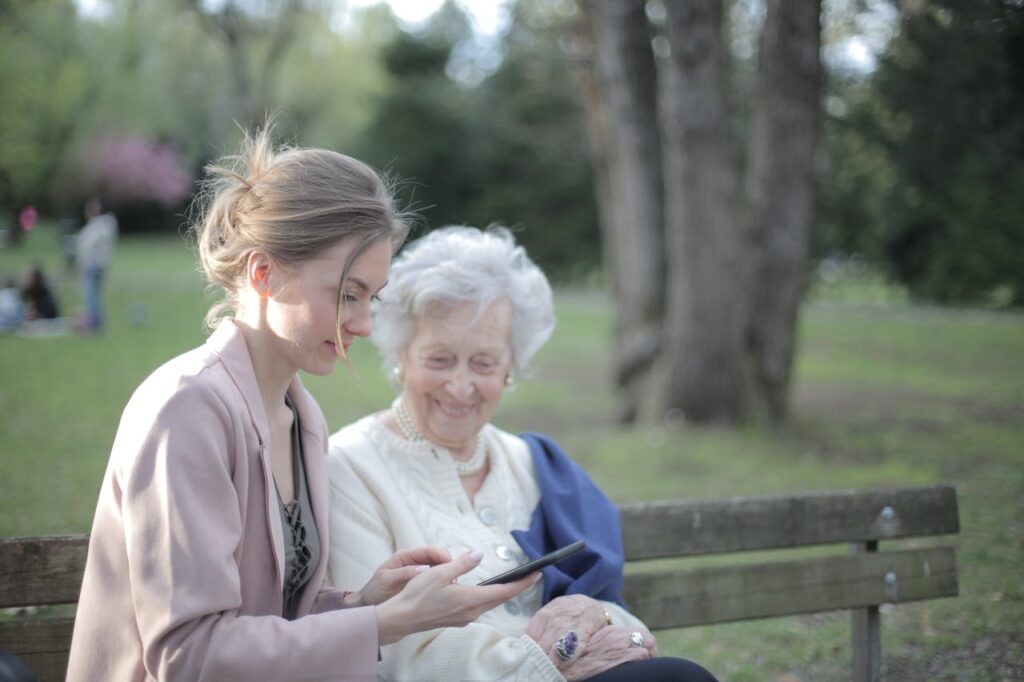Ensuring Senior Safety and Communication Amidst Hearing Loss
Ensuring Senior Safety and Communication Amidst Hearing Loss Hearing loss is a common issue among seniors that can significantly impact their quality of life. Not only does it affect daily communication, but it also poses safety risks that need to be adequately addressed. This blog aims to provide strategies for enhancing communication and ensuring the safety of seniors with hearing loss. Whether you’re a senior dealing with hearing loss or a caregiver looking for ways to help, this guide will offer valuable insights and practical tips. Understanding Hearing Loss in Seniors Causes, Symptoms, and Impacts Hearing loss in seniors can arise from various causes, including age-related deterioration, exposure to loud noises, and other medical conditions. Common symptoms include difficulty in understanding conversations, needing to increase the volume on devices, and experiencing tinnitus or ringing in the ears. The impacts extend beyond mere inconvenience and can lead to social isolation, depression, and increased vulnerability to accidents and emergencies. The Causes of Hearing Loss in Seniors Several factors contribute to hearing loss in older adults. Age-related hearing loss, known as presbycusis, is a gradual decline in hearing ability that affects most people as they age. Exposure to loud noises over a lifetime, whether from work, recreational activities, or environmental factors, can also damage the delicate structures within the ear. Additionally, medical conditions such as diabetes, cardiovascular disease, and certain medications can exacerbate hearing loss. Recognizing Symptoms of Hearing Loss Identifying hearing loss early can make a significant difference in managing it effectively. Common symptoms include frequently asking others to repeat themselves, difficulty following conversations in noisy environments, and a tendency to withdraw from social interactions. Seniors may also find themselves turning up the volume on televisions or radios to levels that others find uncomfortably loud. The Broader Impacts of Hearing Loss The effects of hearing loss go beyond communication challenges. Seniors with untreated hearing loss are at a higher risk of social isolation, leading to mental health issues such as depression and anxiety. Furthermore, reduced hearing can increase the risk of falls and accidents, as seniors may not hear warning signals, alarms, or approaching vehicles. Communication Strategies for Seniors with Hearing Loss Tips for Caregivers and Family Members Effective communication is crucial for maintaining strong relationships and ensuring the well-being of seniors with hearing loss. Here are some practical strategies for caregivers and family members to enhance communication. Speak Clearly and Directly When conversing with a senior who has hearing loss, it’s essential to speak clearly and at a moderate pace. Avoid shouting, as it can distort sound and make understanding more difficult. Instead, face the person directly, maintain eye contact, and ensure your mouth is visible to facilitate lip-reading. Use Assistive Listening Devices Assistive listening devices (ALDs) can significantly improve communication for seniors with hearing loss. These devices, such as hearing aids, amplified telephones, and personal sound amplifiers, can enhance sound clarity and volume. Encourage the use of these devices and ensure they are properly maintained and functioning. Practice Active Listening and Patience Active listening involves paying full attention to the speaker and responding thoughtfully. Show empathy and patience when communicating with a senior who has hearing loss. Allow extra time for them to process information and respond. Rephrase sentences if necessary, and use gestures or visual aids to reinforce your message. Safety Awareness and Devices for Seniors with Hearing Loss Ensuring the safety of seniors with hearing loss requires a combination of awareness and the use of specialized devices designed to mitigate risks. Home Safety Modifications Modifying the home environment can help reduce safety hazards for seniors with hearing loss. Install visual alert systems that use flashing lights or vibrations to signal alarms, doorbells, and telephones. Ensure that smoke detectors and carbon monoxide alarms are equipped with visual and auditory alerts. Personal Alert Devices Personal alert devices, such as wearable pendants or wristbands, can provide an added layer of safety. These devices allow seniors to call for help with the push of a button, even if they cannot hear the phone. Some models also include fall detection features that automatically notify emergency services if a fall is detected. Regular Hearing Check-ups Regular hearing check-ups are essential for monitoring and managing hearing loss. Encourage seniors to schedule annual appointments with an audiologist to assess their hearing and make any necessary adjustments to their hearing aids or other assistive devices. Early detection and intervention can prevent further deterioration and improve overall safety. Community Resources and Support for Seniors and Caregivers Access to community resources and support networks can significantly enhance the quality of life for seniors with hearing loss and their caregivers. Local Hearing Loss Support Groups Support groups provide a platform for seniors with hearing loss to share experiences, exchange tips, and receive emotional support. These groups are often facilitated by organizations such as the Hearing Loss Association of America (HLAA) and can be found in many communities. Participation in support groups can help seniors feel less isolated and more empowered. Educational Workshops and Programs Many communities offer educational workshops and programs designed to educate seniors and caregivers about hearing loss, communication strategies, and safety measures. These programs may cover topics such as the proper use of hearing aids, assistive devices, and home safety modifications. Check with local senior centers, libraries, and healthcare providers for available resources. Online Resources and Telehealth Services In today’s digital age, online resources and telehealth services have become invaluable tools for seniors and caregivers. Websites such as the American Speech-Language-Hearing Association (ASHA) offer a wealth of information on hearing loss and related topics. Additionally, telehealth services enable seniors to consult with audiologists and other healthcare professionals from the comfort of their homes. Conclusion to Hearing Loss and Senior Safety Hearing loss is a significant concern for seniors that can impact communication, safety, and overall well-being. By understanding the causes, symptoms, and broader impacts of hearing loss, caregivers and family members can implement effective communication strategies and safety measures. Leveraging community resources and support can further

